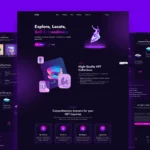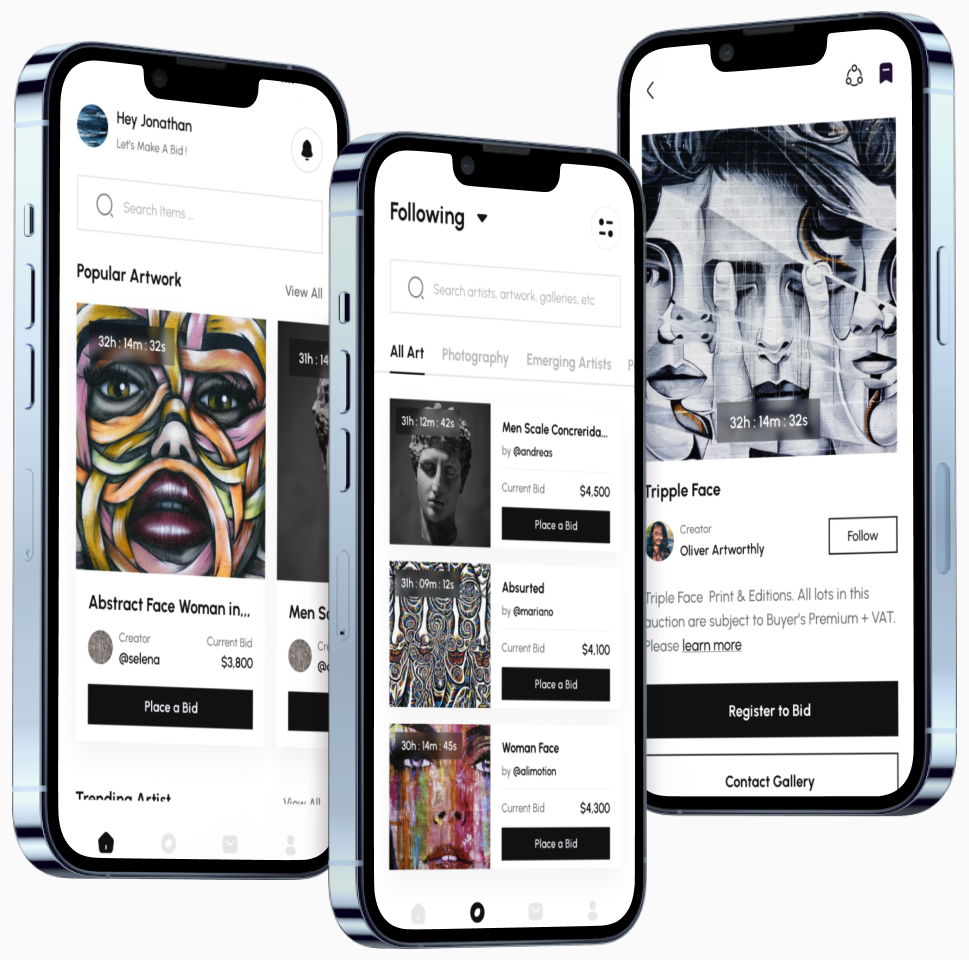
In today’s tech-driven world, mobile applications have become an integral part of our daily lives. Among the plethora of mobile platforms available, iOS stands out as one of the most popular choices for developers due to its loyal user base and lucrative market. If you’re aspiring to become an iOS app developer or looking to enhance your skills in this domain, you’ve come to the right place. In this comprehensive guide, we’ll delve into the intricacies of iOS app development, covering everything from essential tools to advanced techniques.
Understanding the iOS App Ecosystem
Before diving into iOS app development, it’s crucial to familiarize yourself with the iOS ecosystem. Apple’s ecosystem comprises various components, including hardware devices (iPhone, iPad, iPod Touch), software frameworks (UIKit, SwiftUI), and development tools (Xcode, Swift). Understanding these components lays the groundwork for building robust and user-friendly iOS applications.
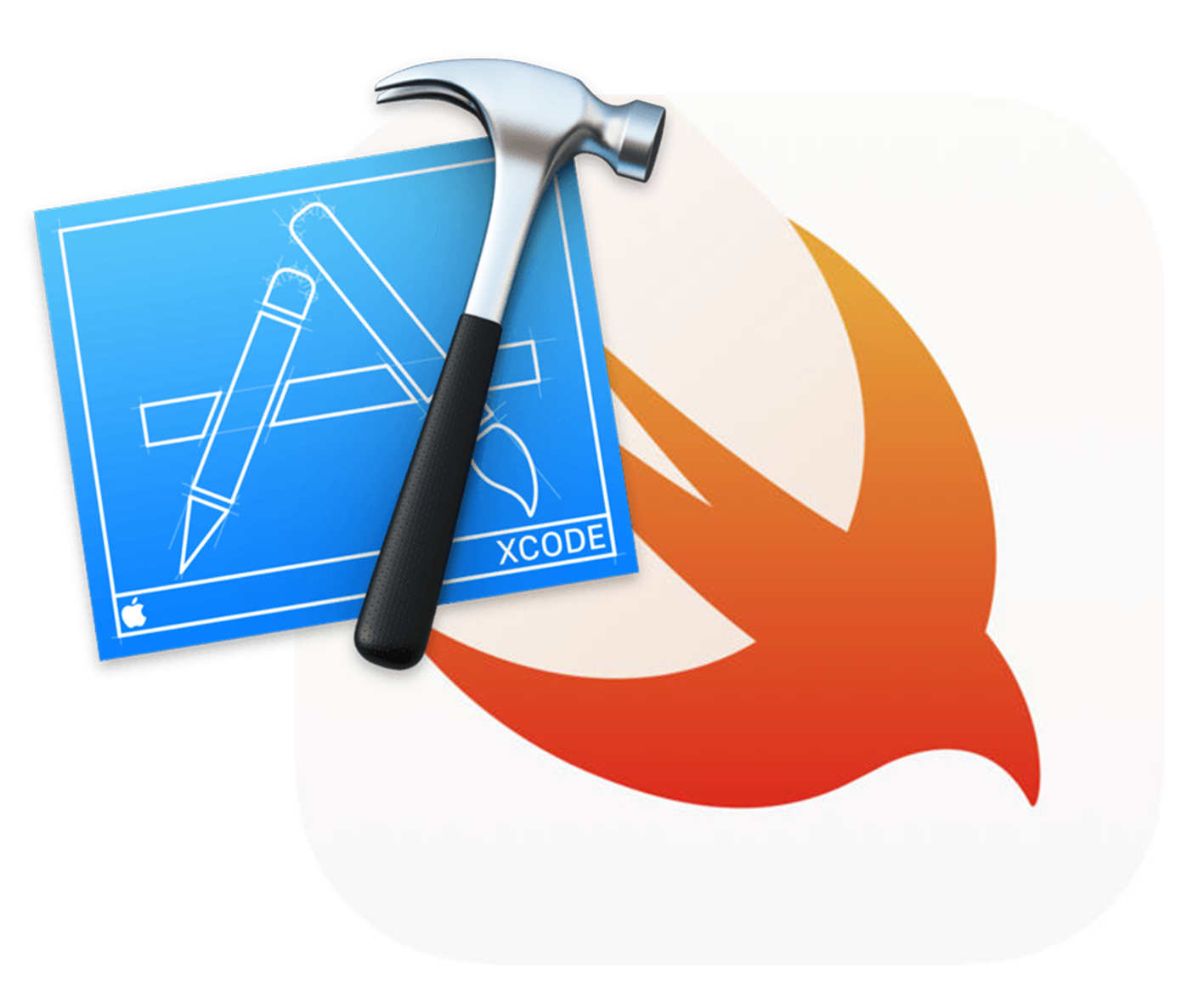
Getting Started with Xcode and Swift
Xcode serves as the primary Integrated Development Environment (IDE) for iOS app development. It provides a suite of tools for designing, coding, testing, and debugging iOS applications. Swift, Apple’s programming language introduced in 2014, has rapidly gained popularity among developers for its modern syntax, safety features, and performance. Familiarizing yourself with Xcode and Swift is the first step towards becoming proficient in iOS app development.
User Interface Design with UIKit and SwiftUI
User Interface (UI) design plays a pivotal role in creating engaging and intuitive iOS applications. Apple offers two primary frameworks for UI development: UIKit and SwiftUI.
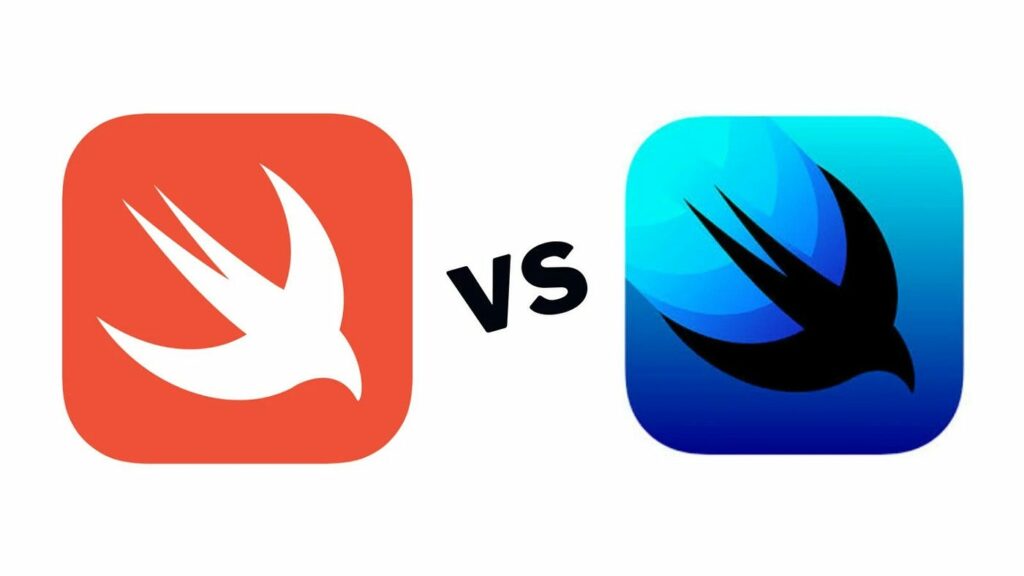
- UIKit: UIKit is a mature framework that provides a comprehensive set of tools for building traditional iOS interfaces. It follows the Model-View-Controller (MVC) design pattern and offers a wide range of UI components such as buttons, labels, table views, and collection views.
- SwiftUI: Introduced in 2019, SwiftUI revolutionized UI development on iOS by enabling declarative and reactive UI programming. With SwiftUI, developers can create dynamic and interactive interfaces using a simple and intuitive syntax. SwiftUI is rapidly gaining adoption and is poised to become the future of UI development on Apple platforms.
Data Management and Storage
Effective data management is essential for building functional and efficient iOS applications. Apple provides several options for data storage, including:
- Core Data: Core Data is Apple’s object graph and persistence framework. It allows developers to manage the model layer objects in their applications. Core Data abstracts away the complexities of data storage and provides features such as data validation, relationship management, and undo/redo support.
- Realm: Realm is a modern, lightweight database solution for iOS and other platforms. It offers real-time data synchronization, which makes it ideal for building collaborative and data-driven applications.
- Firebase: Firebase is a comprehensive mobile development platform provided by Google. It offers a suite of services, including real-time database, authentication, cloud storage, and more. Firebase’s real-time database feature enables developers to build responsive and scalable iOS applications with minimal effort.
Networking and API Integration
Most iOS applications rely on network communication to fetch data from remote servers or interact with web services. Apple provides several frameworks for networking and API integration, including URLSession and Alamofire. These frameworks simplify tasks such as making HTTP requests, handling responses, and parsing JSON data.
Testing and Debugging
Testing is an integral part of the iOS app development process. Xcode provides robust tools for testing and debugging iOS applications, including:
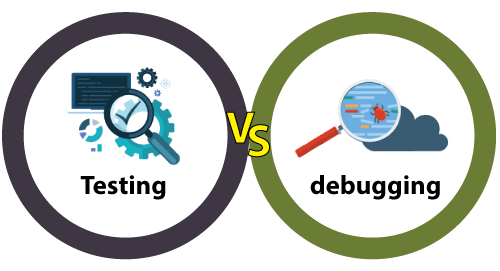
- Unit Testing: Unit testing involves testing individual components or units of code in isolation to ensure they behave as expected. Xcode supports XCTest, Apple’s native unit testing framework, which allows developers to write and execute unit tests directly within the IDE.
- UI Testing: UI testing involves automating interactions with the user interface to ensure that the application behaves correctly from the user’s perspective. Xcode provides XCTest UI for writing and executing UI tests that simulate user interactions such as taps, swipes, and gestures.
App Store Submission and Distribution
Once your iOS application is ready for release, you’ll need to submit it to the Apple App Store for distribution. Apple has strict guidelines and review processes in place to ensure the quality and security of applications available on the App Store. It’s essential to familiarize yourself with these guidelines and follow best practices for app submission to increase your chances of approval.
Continuous Learning and Community Engagement
iOS app development is a dynamic and ever-evolving field. To stay ahead of the curve, it’s crucial to engage with the iOS developer community, attend conferences and meetups, and keep abreast of the latest trends and technologies. Platforms such as Stack Overflow, GitHub, and Apple Developer Forums are valuable resources for learning, sharing knowledge, and seeking help from fellow developers.
Elevate your app game with StepSharp! iOS expertise meets limitless possibilities. Let’s build brilliance together at www.stepsharp.com – where your app dreams take flight!
Conclusion
iOS app development offers a rewarding and exciting career path for aspiring developers. By mastering essential tools, frameworks, and techniques, you can build innovative and impactful applications that resonate with users worldwide. Whether you’re a beginner or an experienced developer, continuous learning and experimentation are key to success in the dynamic world of iOS app development. So roll up your sleeves, dive into Xcode, and embark on your journey to become a proficient iOS app developer.


